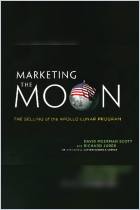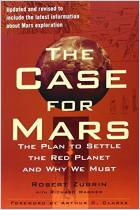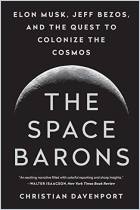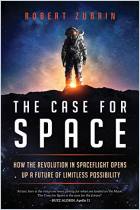
Innovation the NASA Way
Harnessing the Power of Your Organization for Breakthrough Success
Recommendation
The US National Aeronautical and Space Administration (NASA) has a remarkable history of space exploration. Its track record offers many lessons about incorporating up-to-date, high-tech and scientific advances to achieve innovation in your organization. Respected space authority Rod Pyle details NASA’s greatest accomplishments in this primer on innovation and its requirements. Pyle, an excellent narrator, offers valuable lessons from NASA’s successes and most dramatic disasters. Incongruously, his book gives shorter shrift to disasters, like the Challenger and Columbia shuttles, than to triumphs, though both carry lessons, and he even seems to recommend fibbing to get what you want. Pyle provides other, more positive little-known and very memorable information. For example, the idea for the space shuttle came from a planned Nazi winged rocket plane that was to drop atom bombs on New York City during World War II. getAbstract recommends this history to students, start-ups, entrepreneurs and any businessperson with a thirst for high-flying innovation.
Summary
About the Author
Rod Pyle led leadership training at NASA’s Johnson Space Center for business executives. He has written extensively on space exploration and NASA’s inner workings.


















Comment on this summary or 开始讨论